No industry is riper for disruption than financial services – especially B2B financial services.
Despite the surge in automation and technology everywhere else, most B2B’s payments and processing still rely on outdated systems and methods.
Deloitte points out that COVID-19 served as a catalyst for digital transformation:
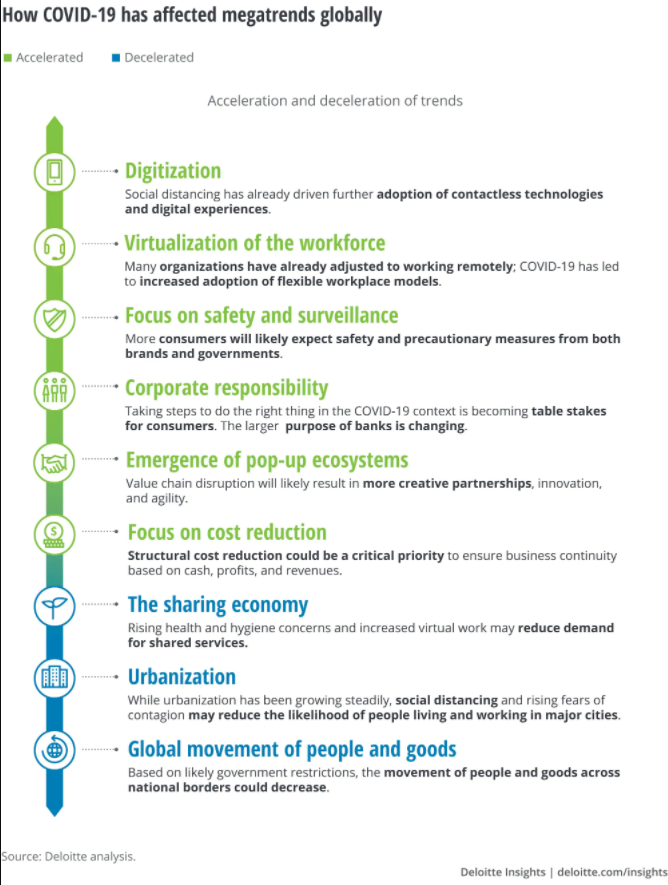
Researchers at Deloitte also predict that the biggest disruption in global banking is yet to come.
Even among consumer startups, fintech has only recently started gaining considerable traction – mostly by targeting pain points and demographics traditional financial institutions ignore.
Consumer fintech startups like Robinhood and Chime also understand the importance of educating their audience through content.
Their websites are filled with well-organized, plain-spoken, and digestible FAQs for not just using their services, but learning how to invest and manage money effectively.
Chime has their target market nailed down pat:
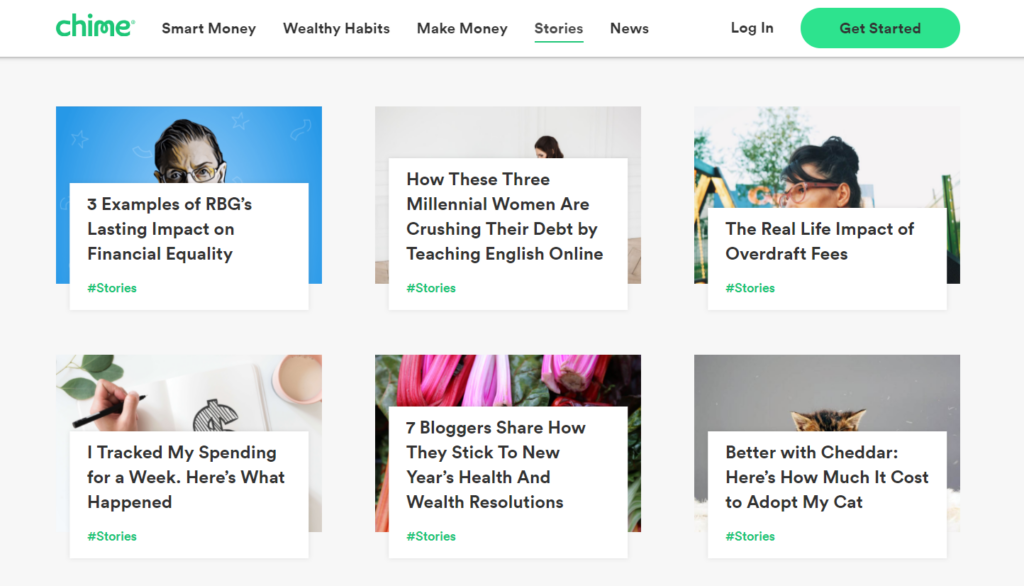
It’s smart to follow their lead in marketing your financial content for B2Bs.

How to Create and Market Financial Content Online
Your financial content marketing’s success depends on a few key factors:
- Positioning your solution as more secure than traditional methods
- Identifying pain points, especially issues your buyers might not even be aware of
- Educating audiences about your industry and expertise
- Getting your content in the right place at the right time
Use the steps below as they apply to your company and audience to create and market financial content effectively.
1. Create Detailed Buyer Personas
You must understand who you’re creating each piece of content for if you want it to resonate with anyone. Otherwise, it will be too generic to interest anyone.
Detail matters tremendously for marketing financial content. Each business faces unique challenges in their digital transformation where finance is concerned.
Aside from the usual firmographic details, answer questions like:
- How will their revenue change over the next five or ten years?
- What payment systems do their clients use?
- What is their biggest financial security risk?
- Which obstacles are holding back their digital transformation?
2. Set Up News Alerts for Relevant Pain Points
See why detailed personas are so important now? Once you map the pain points for each persona, put yourself in their mind.
Run a Google News search for each persona’s top pain points and set up alerts:
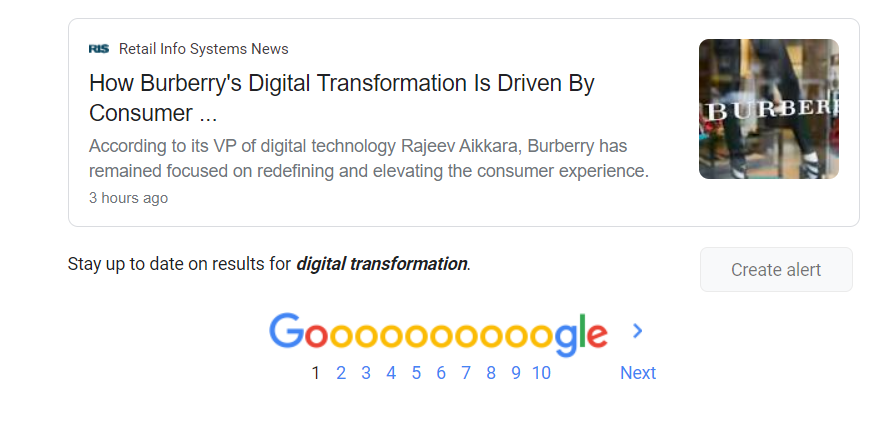
When you create content, you’ll know exactly what they’ve already read, and you’ll have endless ideas for adding nuance to current events.
3. Map Your Financial Content for Each Stage
Much of your content’s job involves generating demand and building brand recognition so people can trust you. You’ll need to carefully consider what content formats are best for each persona at each stage.
Infographics, webinars, on-demand tutorials, expert interviews, whitepapers, case studies, calculators – work engaging content into each part.
4. Use Financial Content Marketing to Educate
Robinhood has an extensive library of digestible evergreen content to educate new investors:
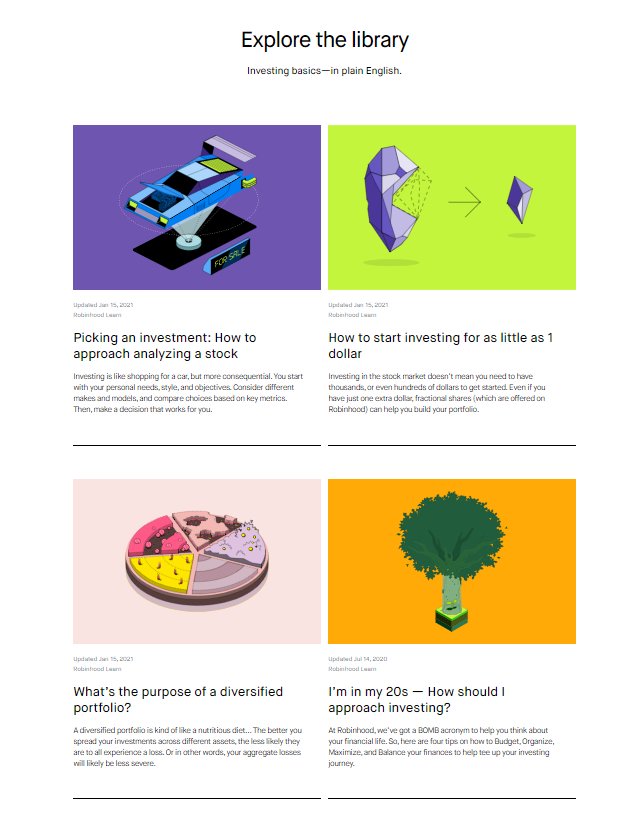
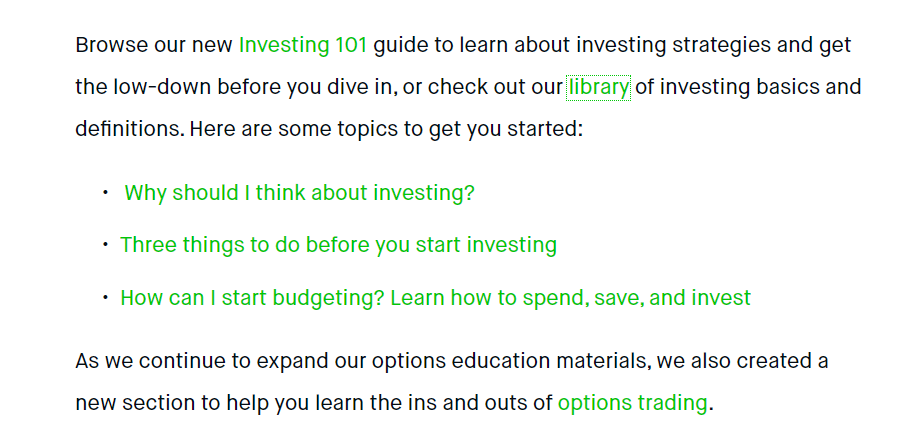
Like Robinhood, your job is to make complex ideas easy to understand.
Keep in mind that many stakeholders don’t have extensive finance backgrounds. Write in their language and explain terms or concepts as needed. Infographics, GIFs, and short animated explainer videos are useful for this.
5. Show that You’re the Future via Thought Leadership
Thought leadership content shows why you’re a trustworthy authority on the topic.
It’s not about always having a unique take on things either.
Imagine someone finds your thought leadership blog and scrolls back through the years. Are you confident that your opinions and ideas held up? Were you too bold and risky? Or did you neglect to consider the full picture?
Those are the things target accounts – especially enterprises – will look for as they debate doing business with you. They plan for years and decades so they need to trust that your business leadership can hold up too.
6. Commission Original Research to Promote in Places Like Yahoo Finance
Like thought leadership, original research shows that you’re tapped into the heart of finance and your audience. It shows you’re committed to learning, understanding, and figuring things out as they come.
Plus, original research is a goldmine for backlinks to the stats.
Make sure to publish press releases or news articles for each piece of research and submit them to relevant places like Yahoo Finance.
7. Connect with Influencers to Market Your Financial Content
Influencers have already established trust in your target markets, so they provide the perfect places to market your financial content.
Always analyze each influencer’s followers to make sure the firmographics match those of your personas.
Likewise, thoroughly vet each influencer’s background. You can’t predict their future behavior, but you can make sure the credentials and experience in their bio are correct.
8. Get Your Content on Google News and RSS Feeds
Applying for Google News is easy but, if approved, earns you instant access to millions of people each day. Look for other RSS feeds that relate not to your industry but your audience personas.
Make sure you choose a target keyword for each piece of content to optimize the title, subheadings, images, and copy. Google and other feeds will scan your content as they decide where to place it in personalized feeds.
9. Personalize Your Website Content with AI
Speaking of personalization, don’t neglect your on-site content experience either. AI-driven tools use algorithms to personalize each visitor’s content feed – just like Netflix.
Everyone will see the content you made for their unique vertical and business needs. Using these tools, other financial service companies can generate 597% more leads.
Optimize Your Financial Content Marketing Experience
You really can’t afford to market your financial content without the best tools available.
That’s not hyperbole either.
As a financial services company, you must show potential customers that using cutting-edge technology correctly is always your top priority. Your ability to effectively personalize your site’s content experience with AI-powered streams, smart forms, and custom ABM campaign pages instantly builds trust.
Show potential customers that you prioritize the latest technology on your front-end and they’ll be more likely to trust that you’re running the latest security features as well.
Websites are really all about making a positive and memorable first impression – especially in B2B financial services. What first impression are you giving?
Give your leads a comforting and exciting first impression with Hushly’s full suite of AI-driven personalization tools.




